46+ Sample Fishbone Diagrams
-
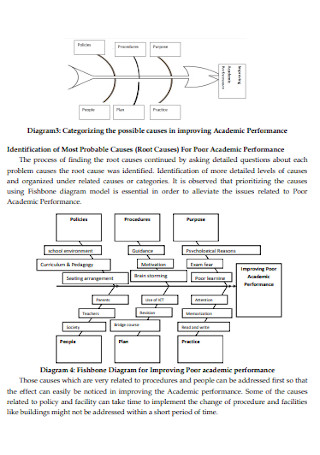
School Academic Fishbone Diagram Template
download now -
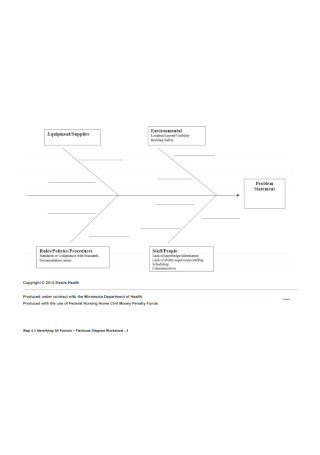
Fishbone Diagram Worksheet
download now -
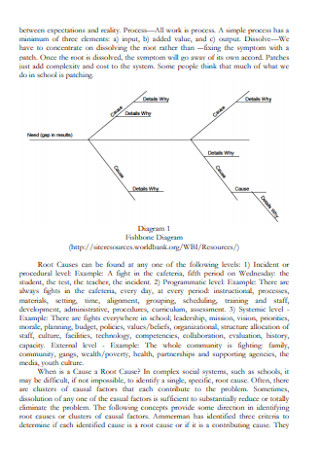
Fishbone Diagram Analysis Template
download now -
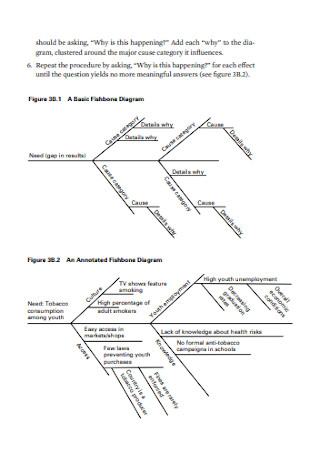
Basic Fishbone Diagram Template
download now -
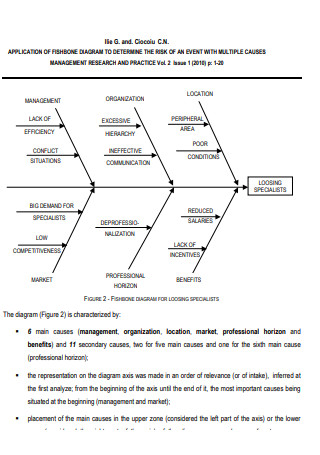
Application of Fishbone Diagram Template
download now -
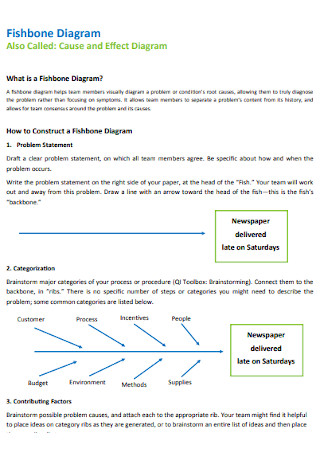
Fishbone Health Diagram Template
download now -
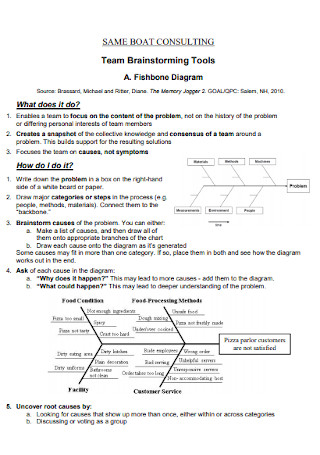
Boat Consulting Fishbone Diagram
download now -

Sample Modified Fishbone Diagram
download now -
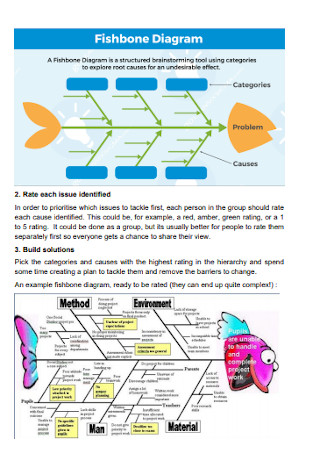
Simple Fishbone Diagram Template
download now -
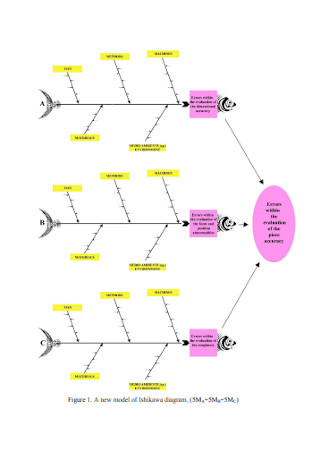
Fishbone Diagram for Quality Assessment Template
download now -
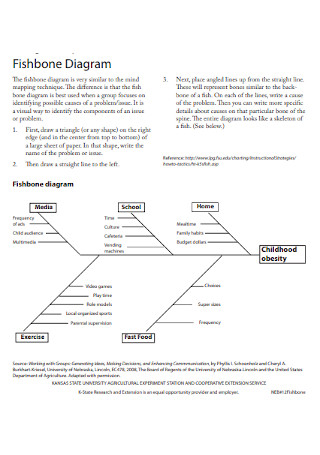
Fishbone Reserach Diagram
download now -
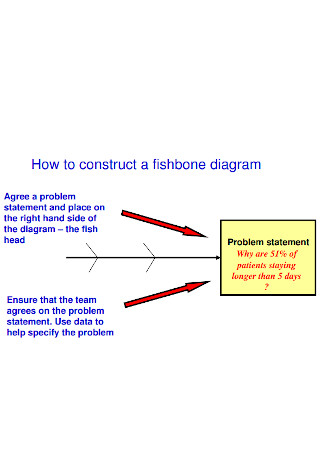
Construct a Fishbone Diagram
download now -
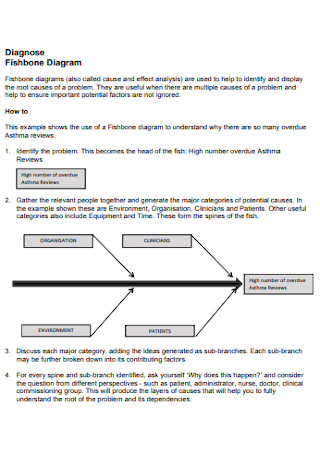
Diagnose Fishbone Diagram
download now -
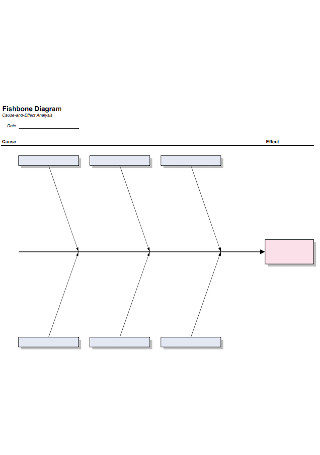
Sample Fishbone Diagram Example
download now -
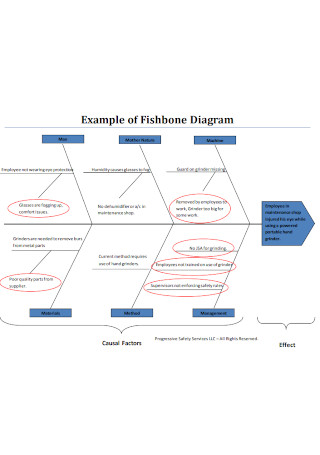
Fishbone Diagram of Example
download now -
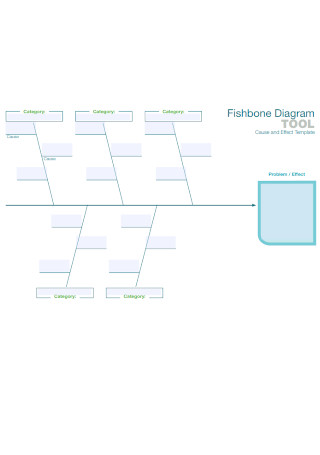
Fishbone Diagram Tool Template
download now -
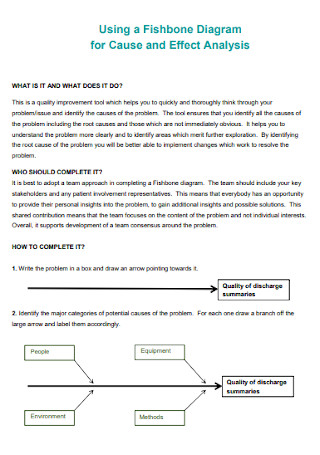
Fishbone Diagram for Cause and Effect Analysis Template
download now -
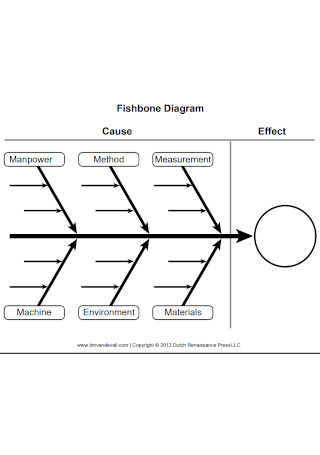
Formal Fishbone Diagram Template
download now -
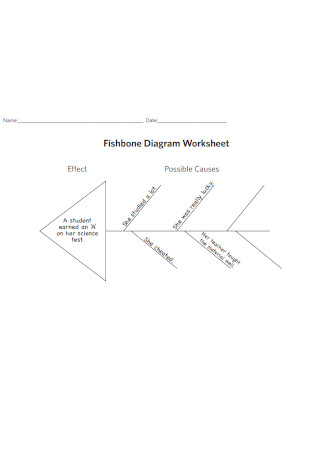
Fishbone Diagram Worksheet Template
download now -
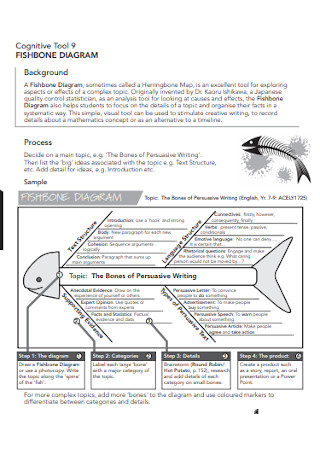
Cognitive Fishbone Diagram Template
download now -
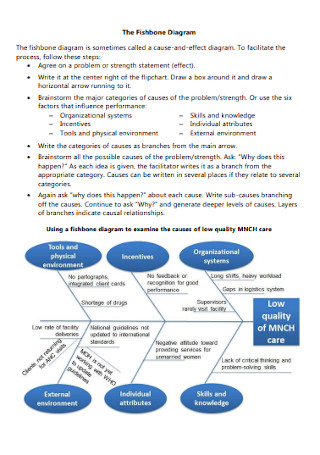
Standard Fishbone Diagram Template
download now -
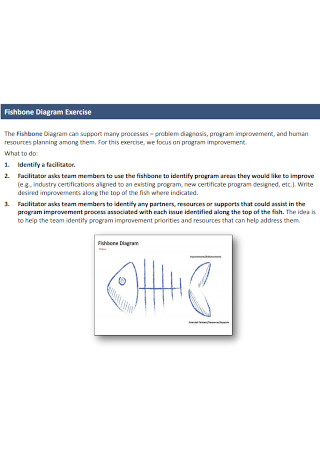
Fishbone Diagram Exercise Template
download now -
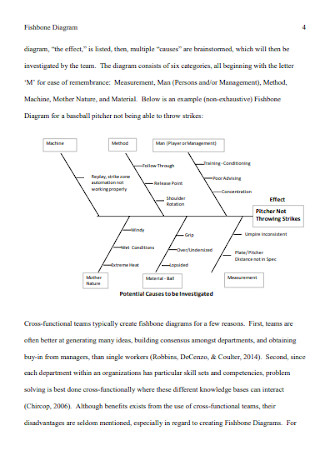
Printable Fishbone Diagram Template
download now -
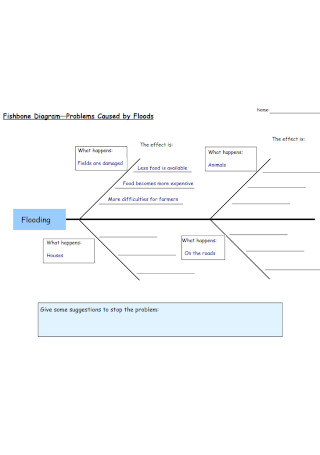
Fishbone Diagram Problems Caused by Floods Template
download now -
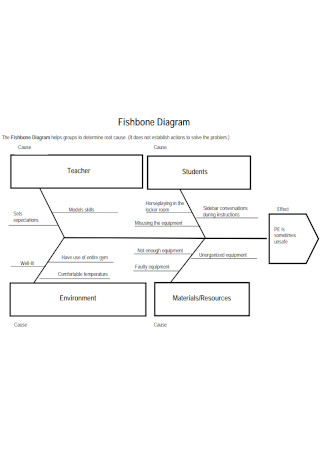
Fishbone Students Diagram
download now -
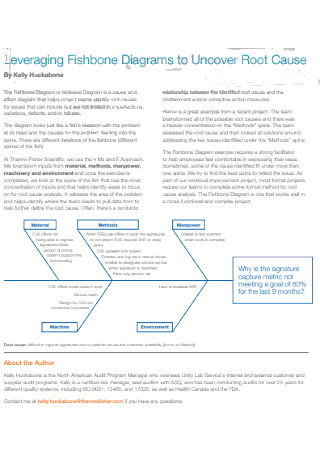
Sample Leveraging Fishbone Diagrams Template
download now -
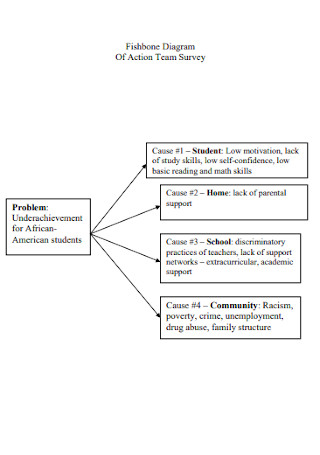
Fishbone Diagram of Action Team Survey Template
download now -
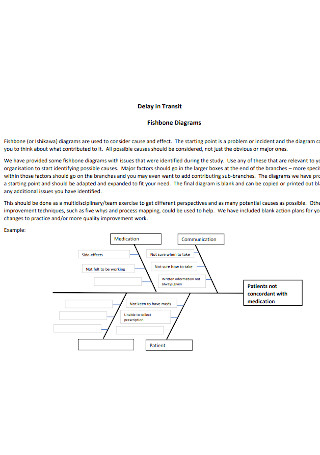
Delay in Transit Fishbone Diagrams
download now -
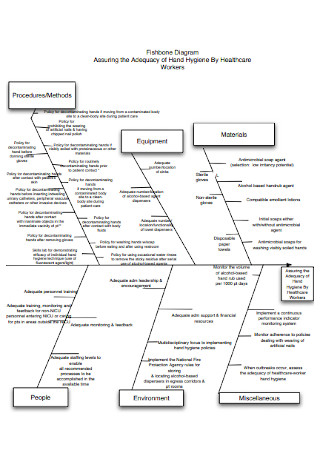
Fishbone Healthcare Diagram
download now -
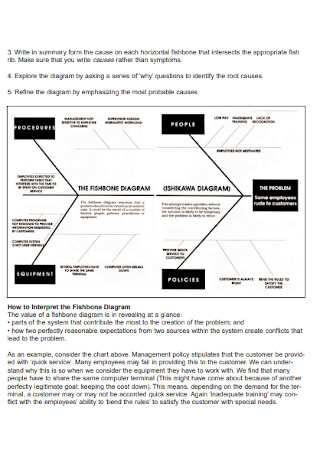
Fishbone Quality Research Diagram
download now -
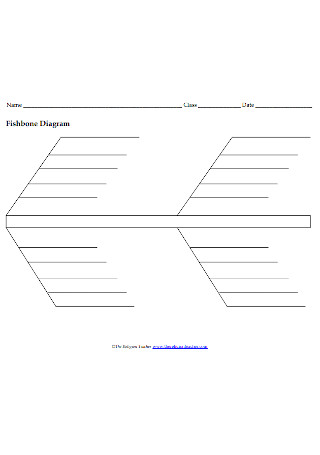
Sample Fishbone Diagram in PDF
download now -
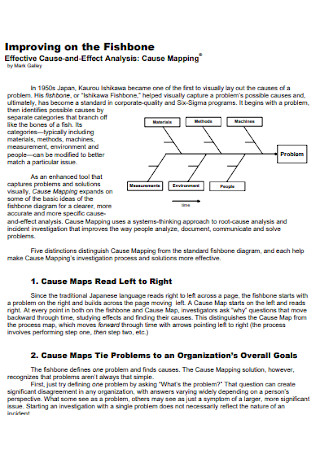
Sample Fishbone Improving Diagram
download now -
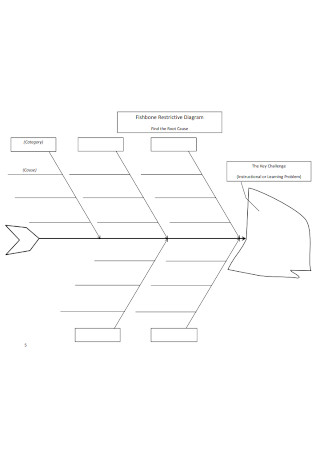
Fishbone Restrictive Diagram Template
download now -
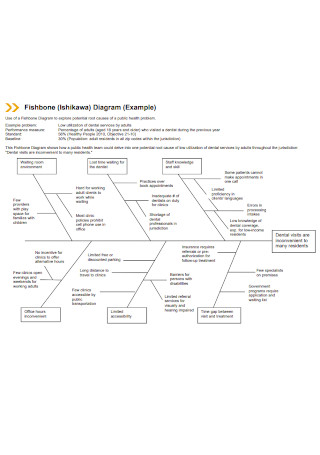
Simple Fishbone Diagram Example
download now -
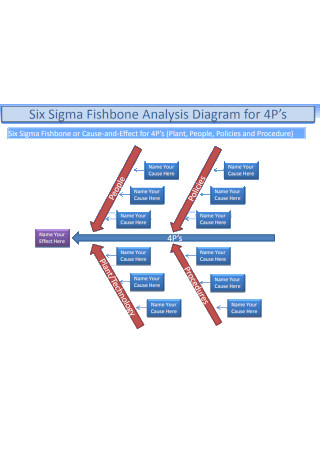
Six Sigma Fishbone Analysis Diagram
download now -
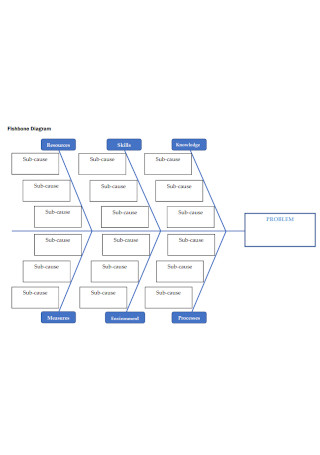
Fishbone Problem Diagram
download now -
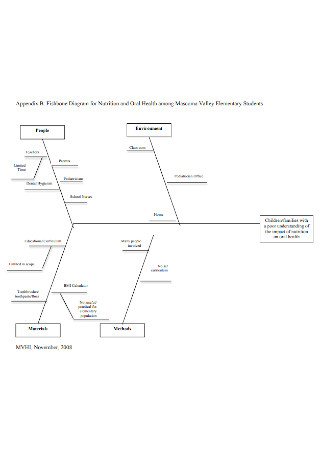
Fishbone Diagram for Nutrition Template
download now -
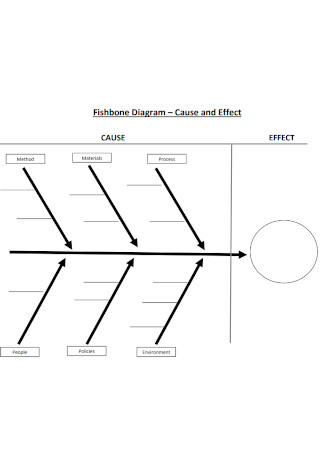
Fishbone Cause and Effect Diagram
download now -
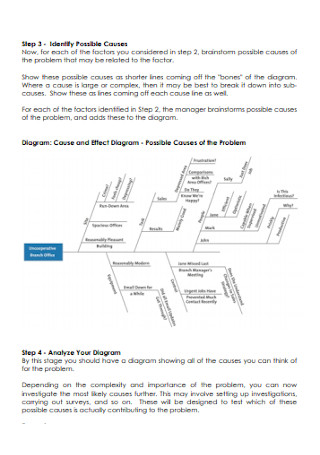
Fishbone Cause and Effect Diagram Template
download now -
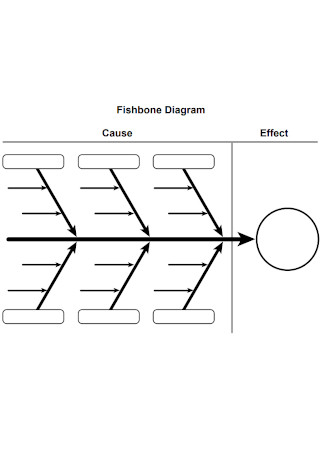
Professional Fishbone Diagram Example
download now -
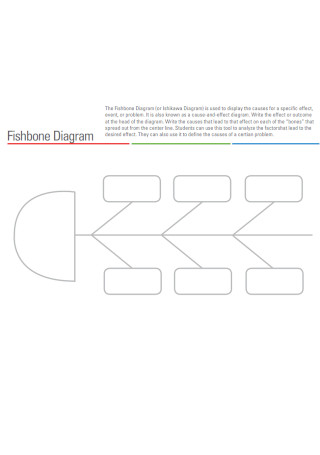
Fishbone Diagram Format
download now -
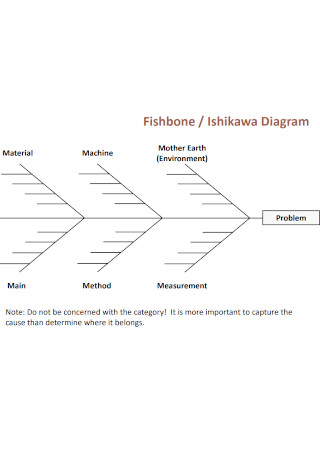
Fishbone Ishikawa Diagram Template
download now -
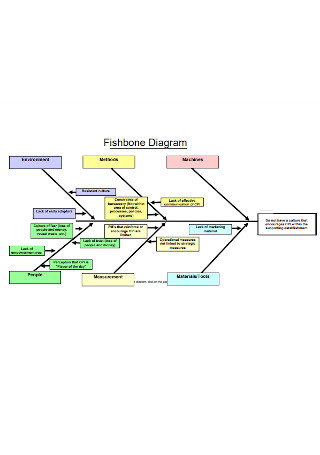
Basic Fishbone Diagram in PDF
download now -
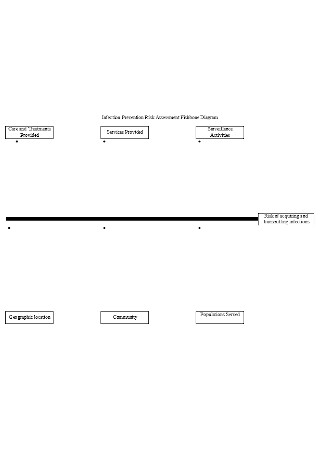
Infection Prevention Risk Assessment Fishbone Diagram
download now -
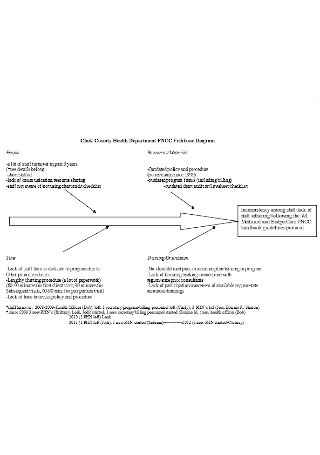
Clark County Health Department Fishbone Diagram
download now -
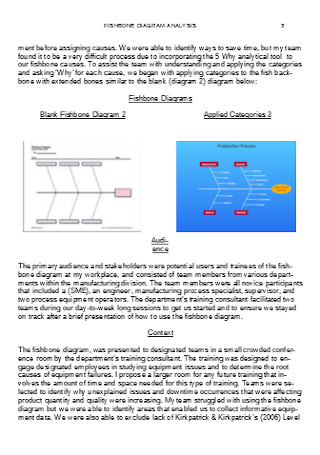
Fishbone Diagram Analysis Template
download now -
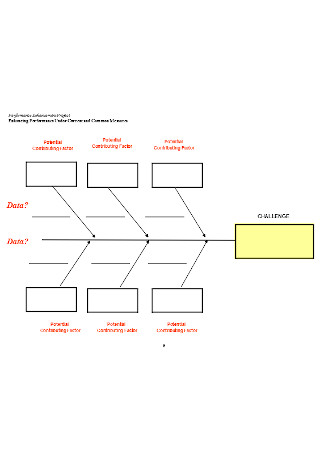
Sample Fishbone Diagram Exercise Template
download now
What Is a Fishbone Diagram?
A fishbone diagram is a special tool designed to discover and brainstorm possible causes of a process or event, as well as the effects involved. Just like any diagram, a fishbone diagram has labels and connections to display the relationship of each element. The drawing looks like a skeletal figure of a fish, as it is named, where the skull or head of the fish represents the problem while its extending bones denote the root causes of the problem. Hence, fishbone diagrams are perfect to illustrate the underlying causes of a problem.
Why Are Fishbone Diagrams Important?
You might be wondering why there is a need to create a fishbone diagram in the first place, especially when there are a lot of analysis tools you can use for finding the root causes of an event. In this section, you’ll understand the striking reasons that prove the importance of well-made fishbone diagrams.
The Big Picture of Underlying Causes
A fishbone diagram doesn’t simply showcase one cause of a problem or process because the many bones it represents should denote more potential causes. And the best part is you get the big picture of those underlying causes instead of trying to remember every single factor and eventually forget certain causes. Just like an organizational chart, you will also see the relationship between one factor to another in a fishbone diagram, such as comparing inputs and outputs.
A Graphic Presentation for Brainstorming and Analysis
Fishbone diagrams are not simply made for aesthetic purposes. They are used as visuals during brainstorming and data analysis. You can display your fishbone diagram during a meeting with your coworkers, share it via email to analysts to solve problems, or for any other purpose. Just make sure enough data is present in the diagram so that effective analysis or evaluation ensues.
Helps You Learn How to Prioritize Causes
Remember that fishbone diagrams show the relationship of each cause to the problem. And that means you may also arrange the root causes according to priority. That means the bones (root causes) closest to the fish’s head (the problem) would be the prioritized or elements being addressed first. Expect the least relevant causes to be the farthest away from the main problem.
The Diagram’s Rich History
It is important to note that the fishbone diagram as an idea has already been established in the 1920s. Kaoru Ishikawa, who was a Japanese engineering teacher, coined the concept that a fishbone diagram is also referred to as an Ishikawa diagram. He used this type of diagram for quality management plan procedures concerning the shipyards in Kawasaki. Then, the diagram evolved until more people applied hybrid fishbone diagrams in various processes.
What Are the 6Ms of a Fishbone Diagram?
A fishbone diagram involves a process and there are various factors to be considered in making one. According to Ishikawa, there are six main bones in the fishbone diagram known as the 6Ms. And these are extremely crucial to the manufacturing industry and businesses in general. The 6Ms of a fishbone diagram are:
How to Make an Excellent Fishbone Diagram
Are you ready to create your very own fishbone diagram? Don’t be intimidated while looking at different samples of fishbone diagrams at a glance because they are actually very easy to navigate once you fully understand the whole setup. And to come up with a successful fishbone diagram, be sure to apply the following steps:
Step 1: Set a Problem Statement
What is the exact problem in the first place? You never would just put effort into figuring out root causes without an effect or problem to investigate. Hence, write a draft of the issue in a brief problem statement. For example, it might have something to do with a construction worker falling down from a worksite at 50 feet. State the problem clearly before making assumptions about what could have caused it.
Step 2: Consider Brainstorming Potential Causes
Gather the whole team involved in investigating the problem or cause. Then, brainstorm possible ideas that could be the root causes of the event. Similar to business impact analysis, you can’t just do random guessing. Do actual investigations to have factual data to analyze. The key is to categorize the probable root causes and it is okay if your draft is still rough in this step. Take notes until you know what to input in the diagram later on.
Step 3: Use a Free Fishbone Diagram Sample
Let’s begin the fishbone diagram by using a sample template, as seen from the many editable samples given above in this article. Just pick a template you want to optimize and edit the template afterward. Editing means you can change the data, rearrange the premade elements mentioned in the diagram, or reformat the template as a whole. Don’t forget to personalize the sample by labeling it appropriately and making it your own.
Step 4: Insert the 6Ms
Remember the 6Ms discussed earlier? Those should be identified on your fishbone diagram until everything is complete. If only a few root causes are found, then simply go with what is relevant to the problem. Also, there are other variations of fishbone diagrams such as the 4S and the 8P fishbone diagrams, meaning there are other possible elements you can add. You can also just use your own set of categories or elements under the root causes or bones section if they fit the entire picture.
Step 5: Arrange the Root Causes Properly
Remember that displaying the relationship of causes and knowing how to prioritize root causes inside the fishbone diagram are paramount to the process. So be sure to arrange each element properly such as putting the most relevant causes near the fish’s head (the problem) on your diagram. Then, the least probable causes are on the tail end. You can work on a comparison chart for the root causes themselves as a draft and learn to prioritize each cause from first to last. Then, type the final results on the fishbone diagram template.
Step 6: Analyze the Diagram and Form Solutions
The crucial point of making the fishbone diagram is the part where you have to analyze the content of the diagram itself. Take this opportunity to conduct a full content analysis of your fishbone diagram and contemplate what you have just learned. Now that you know the root causes of an issue, what should you do next? Remember that the fishbone diagram should lead you to your next improvement plan which is to come up with effective solutions to prevent or solve the problem statement.
FAQs
What are the other names of a fishbone diagram?
A fishbone diagram is also referred to as an Ishikawa diagram, cause-and-effect diagram, herringbone diagram, or simply Fishikawa.
What is an 8P fishbone diagram?
The 8P fishbone diagram is recommended for retail, food, and hospitality businesses and it focuses on detailing the price, people, place, promotion, process, procedure, policies, and product.
What is a 4S fishbone diagram?
The 4S fishbone diagram is a problem-solving analysis too for investigating a company’s challenges, and the 4S stands for surroundings, skills, suppliers, and systems.
Fishbone diagrams can certainly make or break businesses, and this statement should tell you never to overlook possible root causes of issues and problems before they get worse and become very hard to fix. Being aware and preventing the negative effects on your company is just what a responsible business owner would do. Hence, consider using a sample fishbone diagram template for your future business endeavors until running a profitable enterprise goes on smooth sailing.